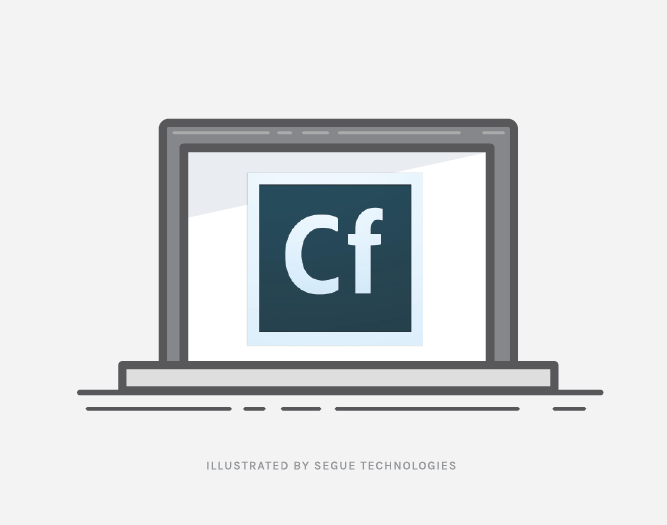In the first part of my series on the soon-to-be released ColdFusion 12, I discussed nine new features in two focus areas: Acrobat integration and security. In this last post in my series, I will discuss three more focus areas in which ColdFusion 12 will see additional new features or improvements: language enhancements, storage, mobile, and service-oriented architecture (SOA) support.

ColdFusion 12- “Raijin”
Language Enhancements
Often when people talk about ColdFusion they refer to both the server or the language interchangeably, but truly the core development language of ColdFusion is ColdFusion Markup Language (CFML). CFML can be developed both in a tag-based environment (much like HTML tags) or in a script-based environment (much like most other web development languages). Until recently, the script-based development was still evolving and one could not fully develop without using some tags. However, script-based development reached full parity with its older tag-based counterpart in ColdFusion 11.
In ColdFusion 12, Adobe is making strides in other areas of language development. One such enhancement is the introduction of Ordered and Sorted Collections. In the past, you had to jump through a few hoops to get the order of structure items to populate correctly. Some did this by determining the order they needed and putting it in an array which was ordered numerically. ColdFusion 12 plans to make this much easier, but they have not announced precisely how just yet. Another cool new feature is ColdFusion Command Line Interface (CLI). Previously you would need to use a third-party tool to run ColdFusion scripts from the command line, but with this release you can do it out of the box.
Storage
It is no secret that some applications developers write are memory hogs. Most applications in this category are badly designed, but some are necessary evils. In the case of the latter, with ColdFusion 12 you can move your session storage into Cached Session Storage instead of memory, saving valuable allocated memory resources. ColdFusion 12 plans on working with cache software servers like Redis and Terracotta (makes of Ehcache).
Mobile
Another area ColdFusion has been focusing on lately is mobile. Of course this focus area goes hand in hand with the last area we will discuss below, service oriented architecture (SOA). Since mobile uses a lot of REST web services, ColdFusion is building a SOAP to REST translation tool. A lot of legacy and current web services still use SOAP. However, in the mobile world REST is king. So what Adobe is doing is making it easy for you to build one web service in SOAP (if needed), that will easily port to REST. With mobile there is a need to keep those data packets small until the mobile carriers get wise and make our data usage unmetered. Until then, ColdFusion 12 should help with keeping those REST responses small by enabling caching of those responses.
Service Oriented Architecture (SOA)
Finally ColdFusion 12 is moving into fuller support of service oriented architecture. Since a lot of development is going on with web services, Adobe will make it easier to manage those application program interfaces (API). In the next release of ColdFusion, API management will become an easier task with the Platform Access Control tool. You will be able to assign API roles for users on your LDAP/SAML- based servers managing things like who can do API keys or OAUTH Tokens. You can also use the new throttling mechanism to prevent over usage or even denial of service attacks. For example, you can limit a user call to your web service to something like 10 calls per hours. Twitter has a whole chart of what it calls “rate limits” which throttles certain types of calls to its API. Additionally, you will also get metrics on your APIs (like who uses which API, how often, etc.) via the API Dashboard. ColdFusion 12 will also introduce 2 new API-based portals, the Publisher Portal (for the creation and management of APIs) and the Consumer Portal (for API documentation, testing, registering, and key requests). With the new emphasis on SOA, API publishers and consumers can more easily configure and use web services faster than ever before.
Although Adobe may argue with my characterization, it feels like this next release is not as big as the last one. They do have several big new features, but most of the features coming look like expansions to existing feature sets. Although no date has been officially set for ColdFusion 12 official launch, if the past is any indication look for a public beta sometime in the first quarter and a public launch in the first half.


